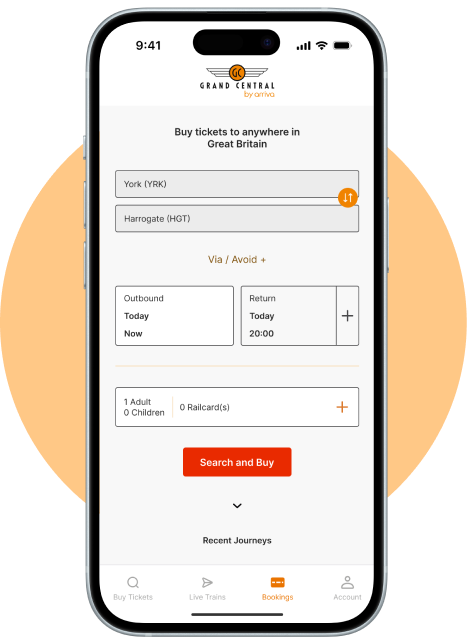A fault with the signalling system at Brighton means fewer trains are able to run on all lines. As a result, trains may be cancelled, delayed by up to 15 minutes or revised.
This is expected until the end of the day.
Customer Advice
Gatwick Express services between Gatwick Airport and Brighton will have a reduced service for the rest of the day.
Please leave extra time to complete your journey if you are travelling this evening. You may need to use a different train or more than one train to reach your destination.
To see if your route has been affected, please click here for the live journey map.
How will this affect my train:
- The majority of Gatwick Express services will terminate and start back from Gatwick Airport, instead of going all the way to Brighton. This means you will need to use another train from Gatwick Airport to get to Brighton. Â
- At present Thameslink services are unaffected however, if delays start to pick up we may need to alter services at short notice.
Â
Your ticket will be accepted on the following at no extra cost -
- Alternative Southern services between London Victoria and Brighton
- Alternative Thameslink services between London Bridge, Gatwick Airport and Brighton
Â
For an alternative route map, please click here.
Can you tell me more about the incident?
We have been advised by Network Rail of a fault to the signalling system at Brighton.
In order to reduce delays fewer services than normal will be allowed to run in and out of Brighton.  We will update you if anything changes.
Teams from Network Rail will be going in overnight to repair the fault.
A track circuit failure will disrupt your journey in this area.
This part of the network uses track circuits to detect the position of trains. These are electrical systems which monitor whether a train is on a section of track. Track circuits operate as part of the signalling system, which is designed to be "failsafe".
When a track circuit fails, the signalling system will interpret this as a train remaining in place, even though there may not be a train present at all, or the previous service may have long since left the area.
As a result, further trains cannot be automatically allowed into the area. Train drivers will be stopped by red signals on approach. They will then get verbal permission from the signaller so that they can proceed, and will run at a heavily-reduced speed as far as the next signal. This is so that the drivers will stop safely if they see anything ahead of them.
In some areas, the distance between signals can be several miles long, so this can result in delays building up. Even with shorter sections of track affected, there would still be a delay of at least a few minutes to journeys.
Track circuit faults can be caused by a number of different issues, including electronic faults or obstructions on the track. Network Rail manage the signalling system, including track circuits, and their staff will be investigating as quickly as possible. We're closely monitoring progress updates, and we'd like to thank you for your patience.
Check before you travel:
You can check your journey using the National Rail Enquiries real-time Journey Planner.
âââââââCompensation:
You may be entitled to compensation if you experience a delay in completing your journey today. Please keep your train ticket and make a note of your journey, as both will be required to support any claim.

